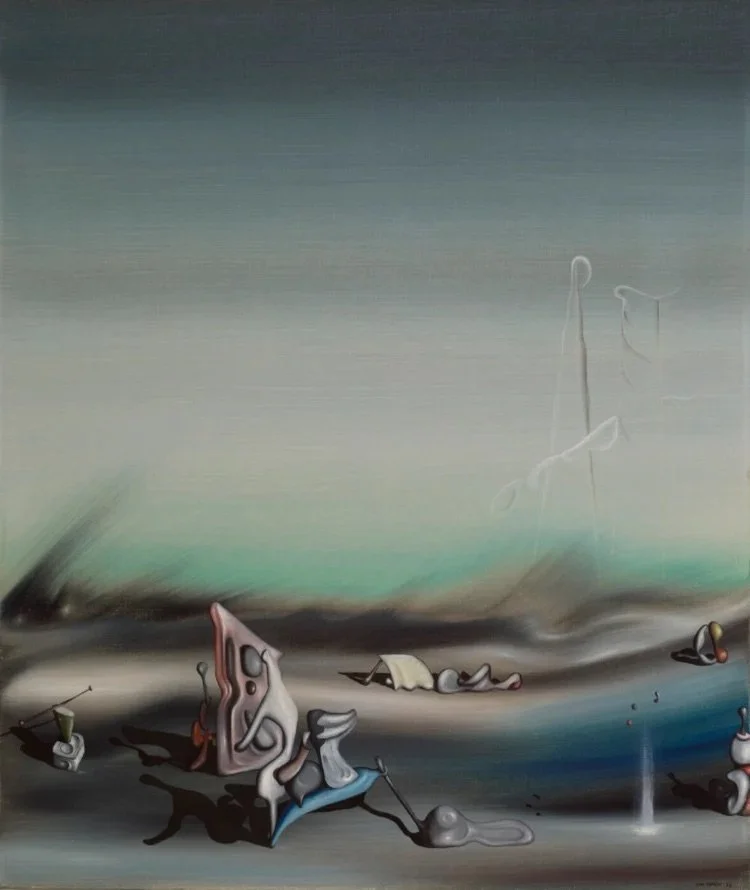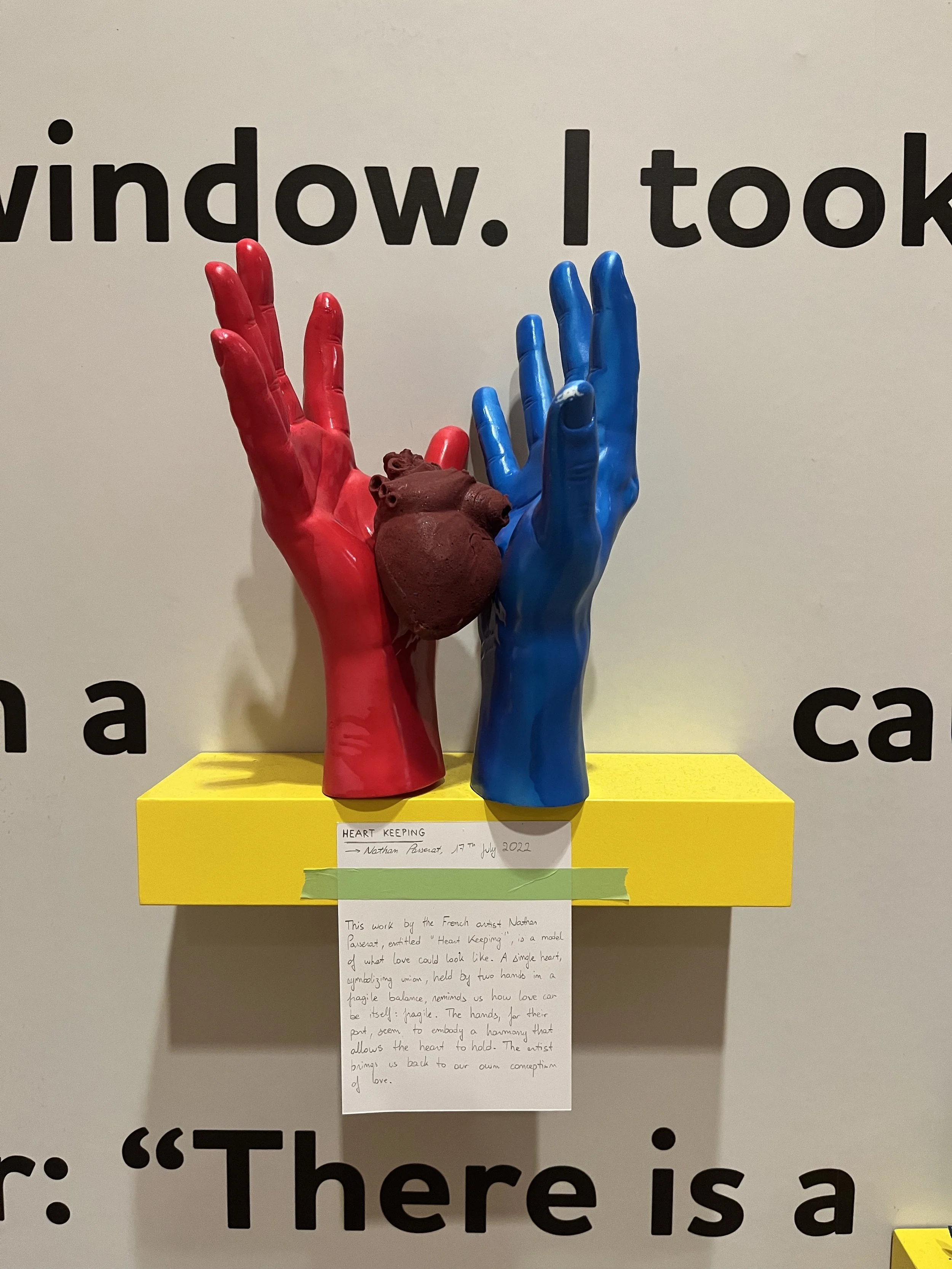July 1 through October 23, 2022
Can art be playful, personal, and revolutionary all at the same time?
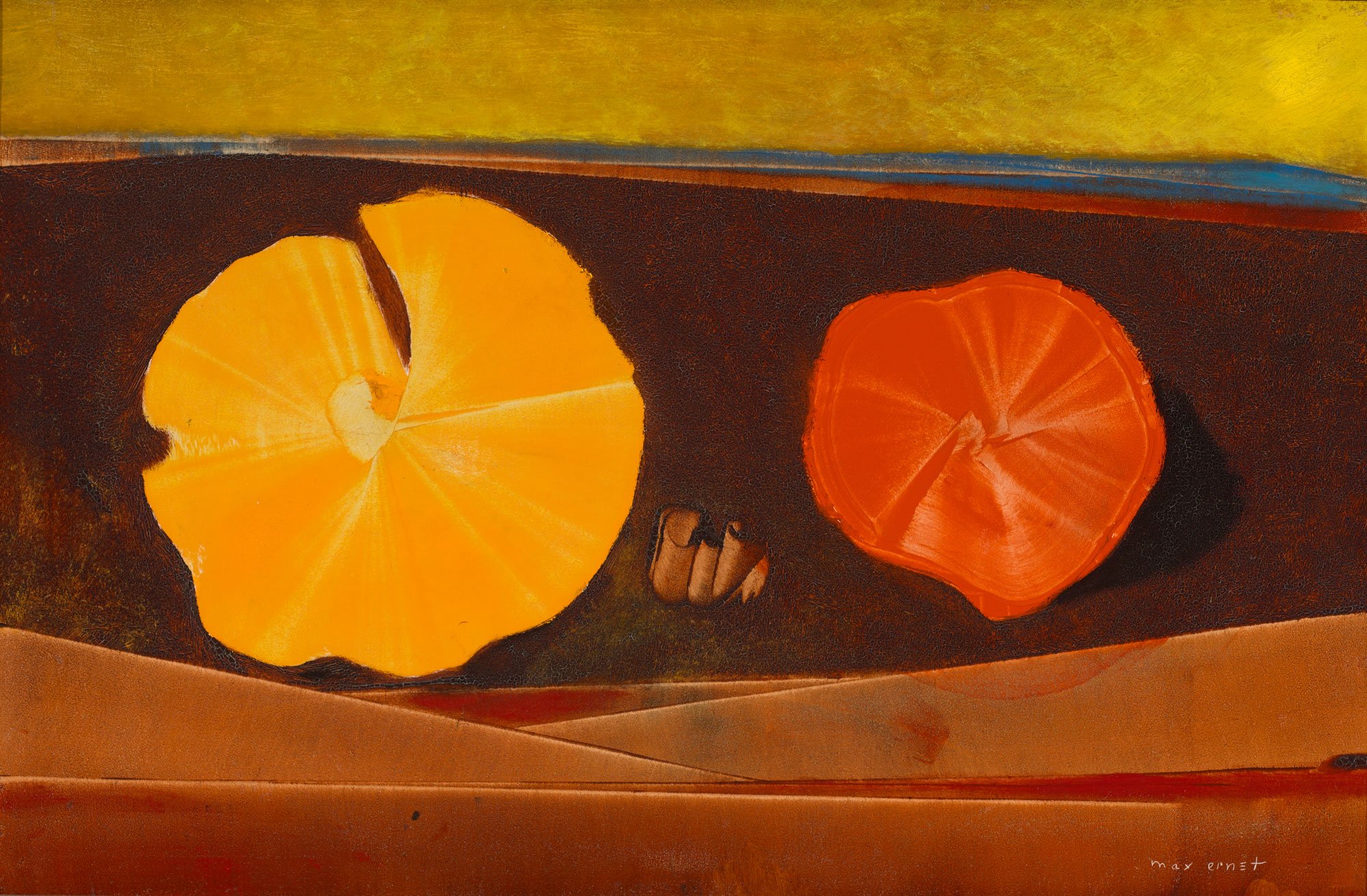
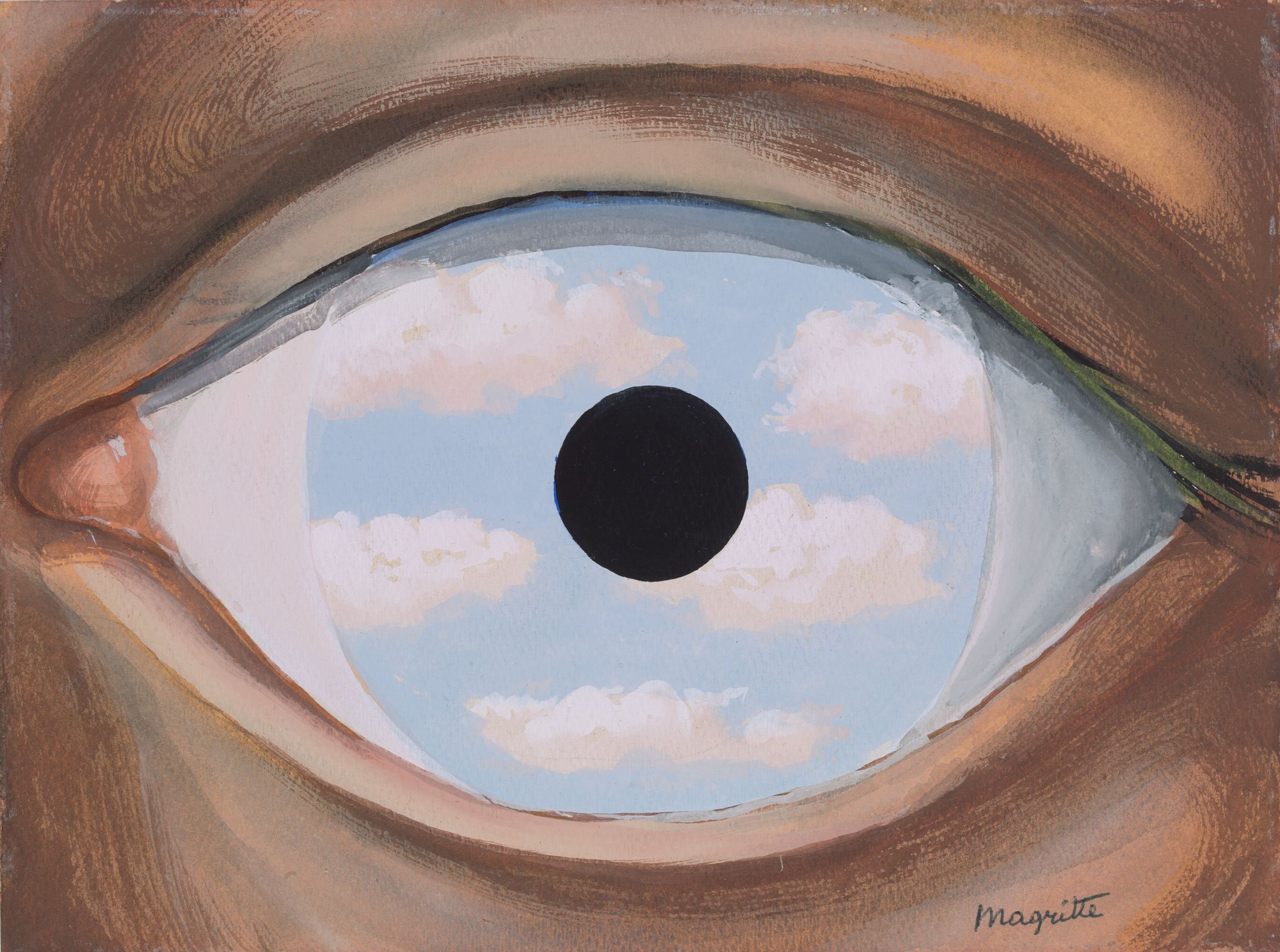
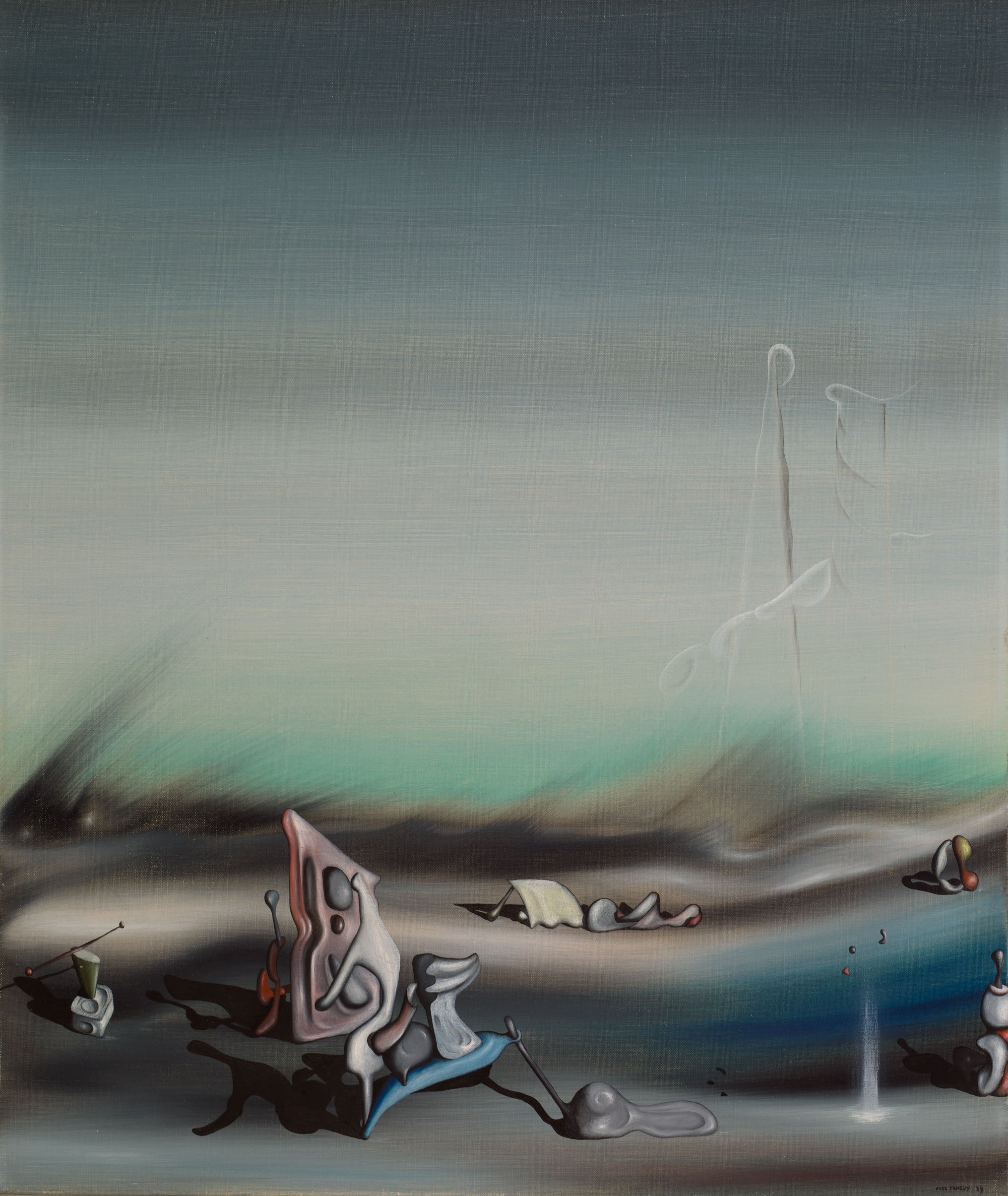
In the early twentieth century, an international group of artists and writers grappled with this question. They embraced the uncertainty of the creative process and brought humor into the viewing experience. They experimented with visual puns and symbolic language. Most daringly, they proposed a productive form of play that positioned visual ambivalence as a form of modern critique. Joan Miró, René Magritte, and other artists working from Paris to Mexico City and beyond challenged the expectation that a work of art had fixed meaning. The paintings, photographs, and drawings in this exhibition, drawn principally from the collection of Isabelle and Scott Black, represent a collective effort to free the mind and explore the possibilities of unconscious creation.
In the first Surrealist Manifesto (1924), the movement’s leader Andre Breton described surrealism as “pure psychic automatism,” underscoring the importance of free-flowing forms and marking a break with traditional modes of visual representation. He wrote, “From childhood memories, and from a few others, there emanates a sentiment of being unintegrated, and then later of having gone astray, which I hold to be the most fertile that exists.” For Surrealists, this liberating movement away from rational representation unleashed the potential for free play. In visual terms, free play allowed for forms to have multiple meanings. Automatic drawings made without rational control, and collaborative word poems authored by multiple contributors, could be understood in different ways. Surrealist play appeared on the surface to be light-hearted, even ridiculous, but these irrational visual and literary experiments actually responded to the fractured conditions of modern life shaped by war, disease, political revolution, and economic upheaval.
Artists questioned narratives of social progress after the devastation and catastrophic loss of human life in World War I. During this period of mourning and introspection, public attention turned to the development and condition of the human brain. Surrealism’s exploration of the liberatory potential of play stemmed from an understanding of the brain as layered realms of consciousness, as described by the psychoanalyst Sigmund Freud. Freud proposed that the play found in jokes and humor offered a pathway to access the unconscious. In this context, the Surrealists were able to harness the creative potential of play, dreams, eroticism, and automatism. They channeled these human experiences into visual forms that explored the boundaries of representation and abstraction, and inspired generations of artists worldwide.
Special thank you to Isabelle and Scott Black for their dedication to the Portland Museum of Art and for sharing their incredible collection with our visitors.


